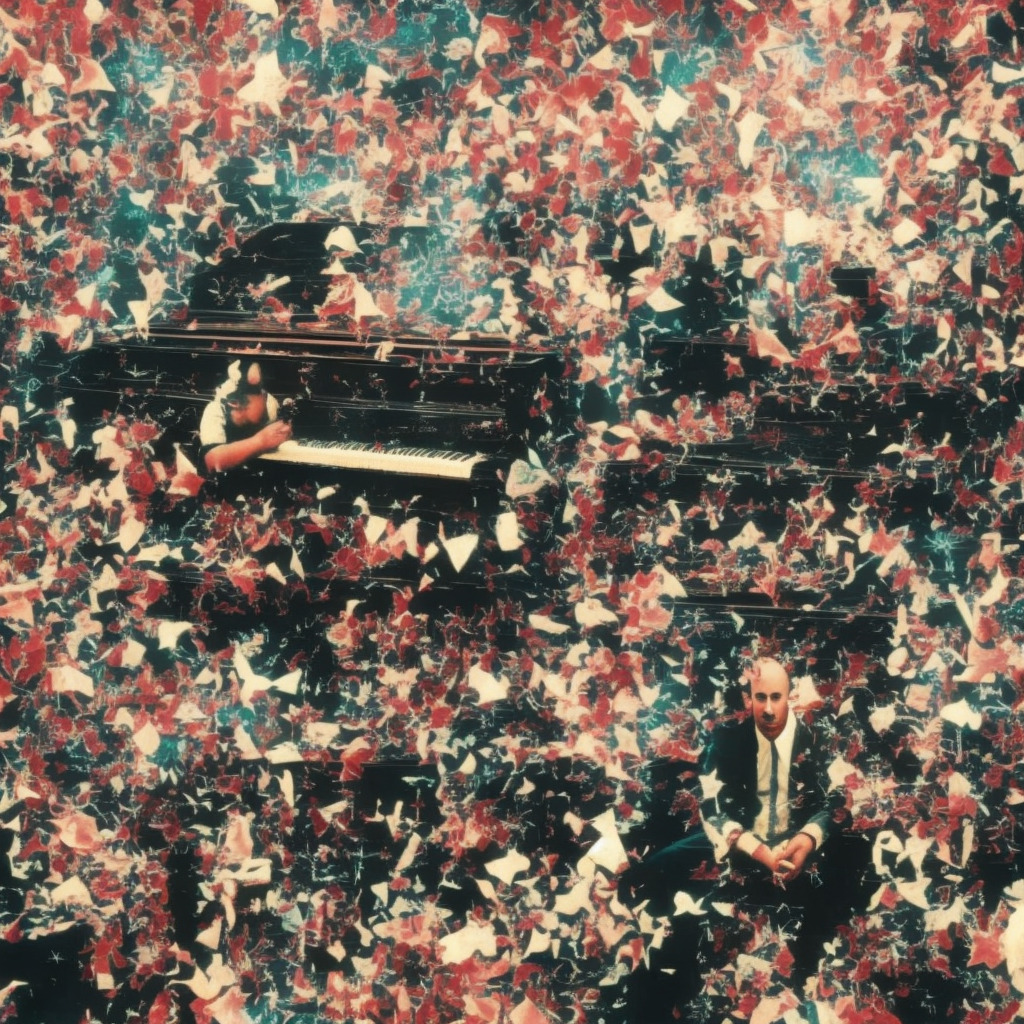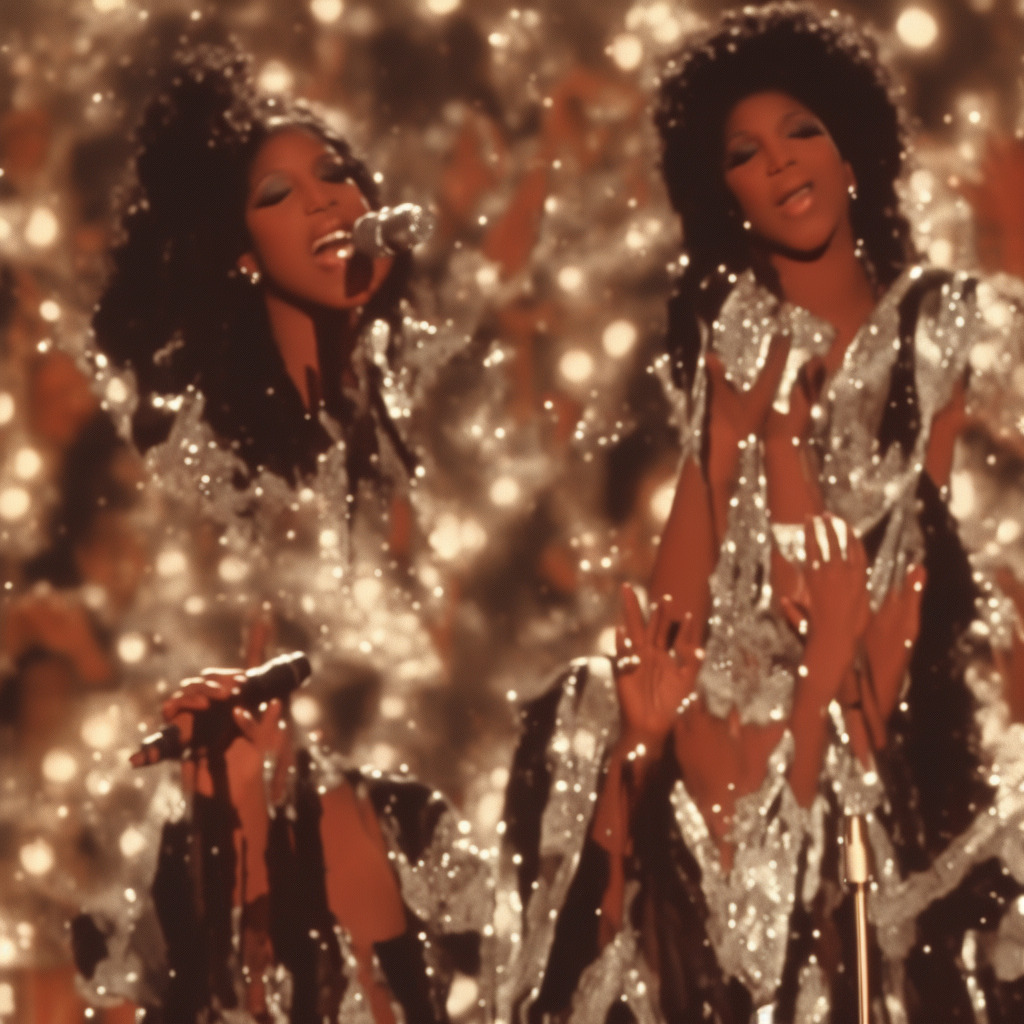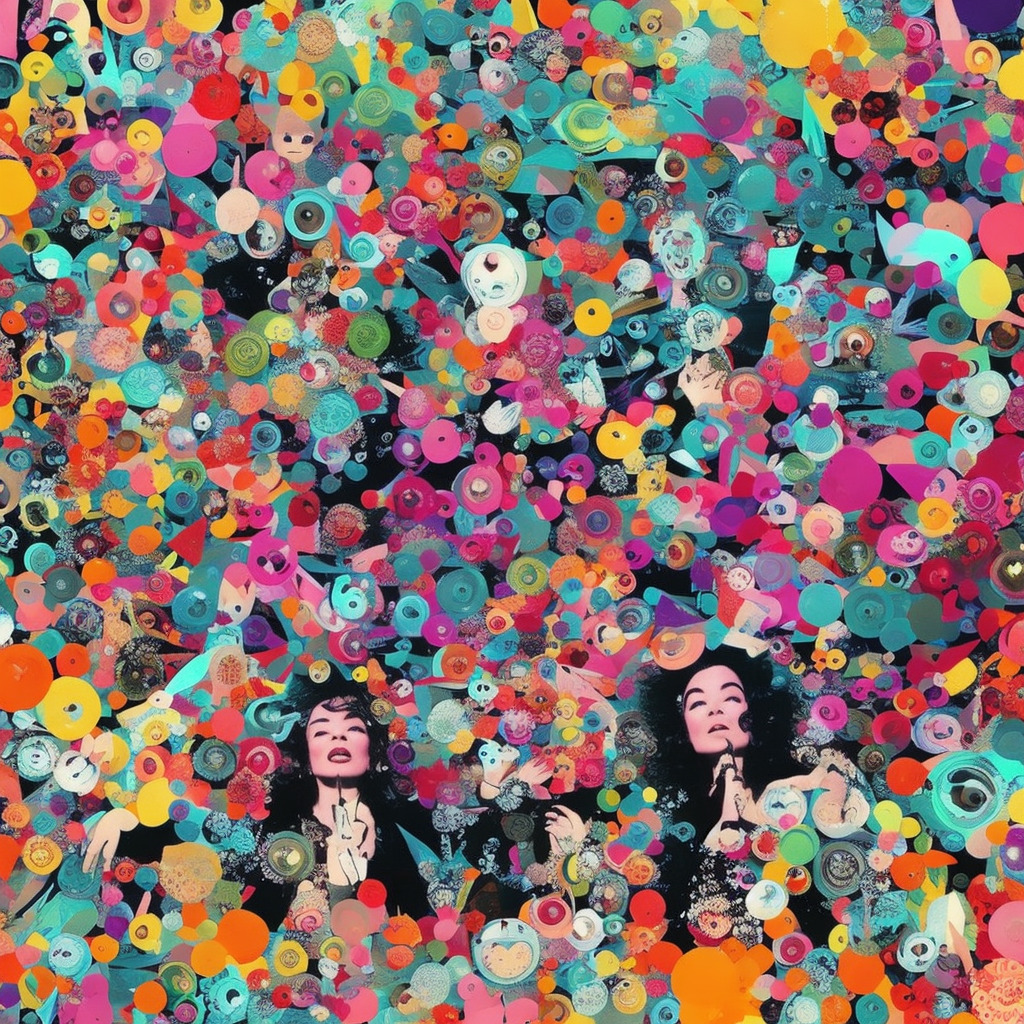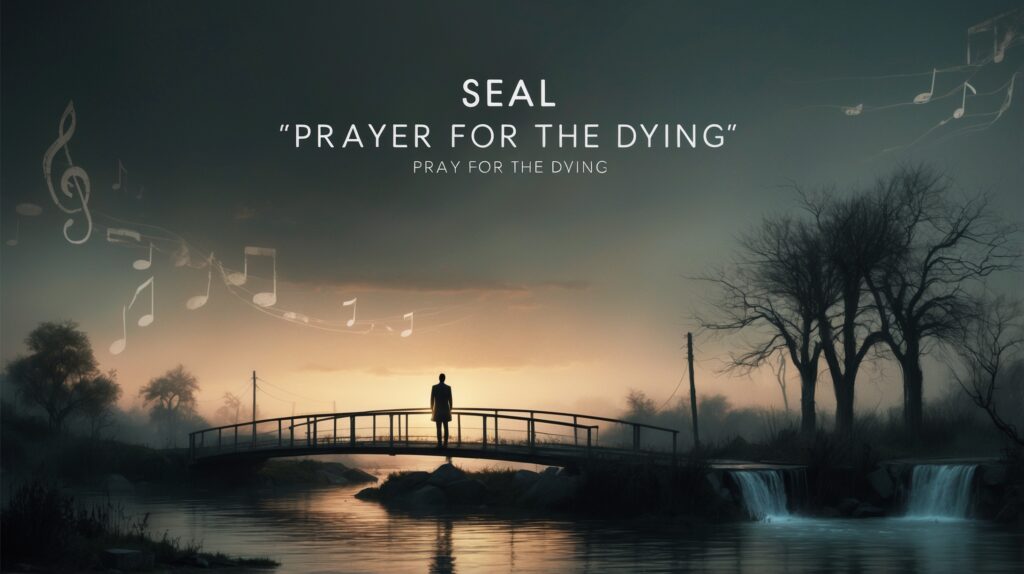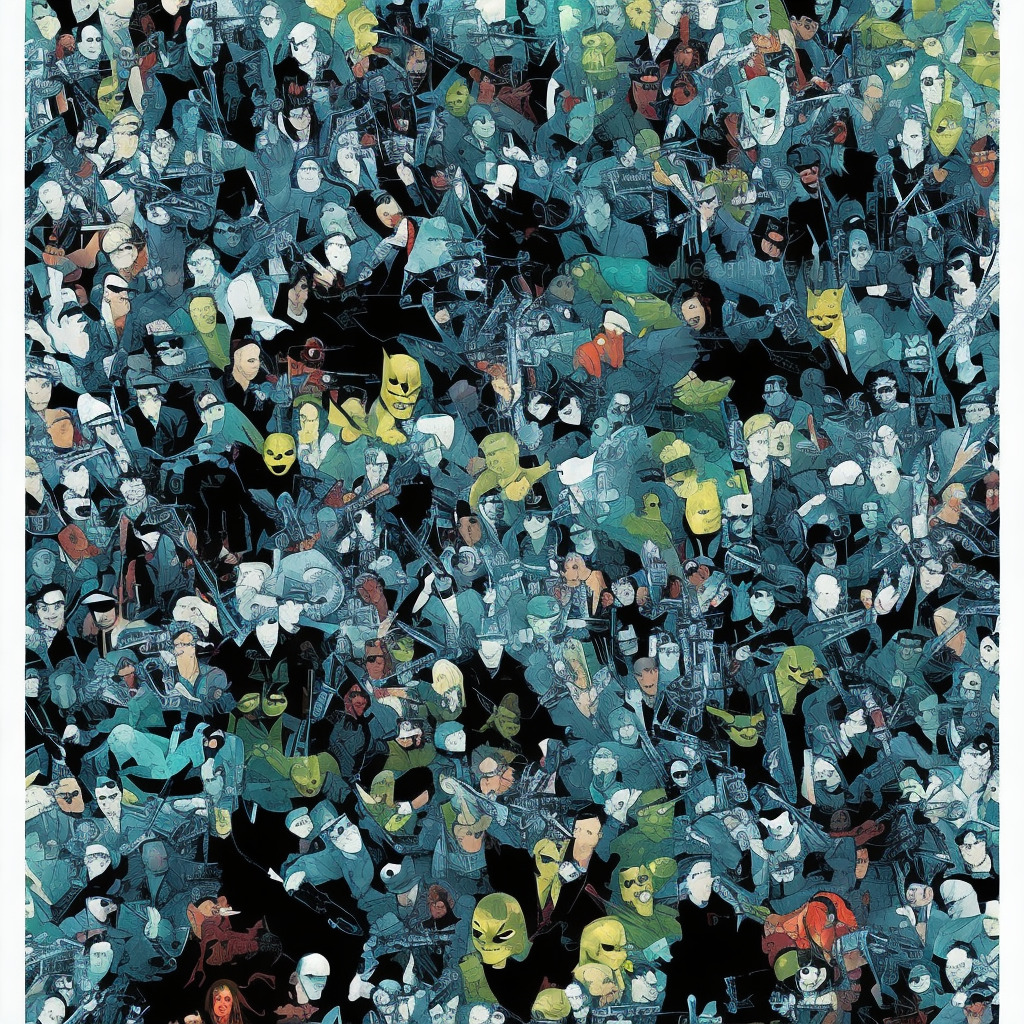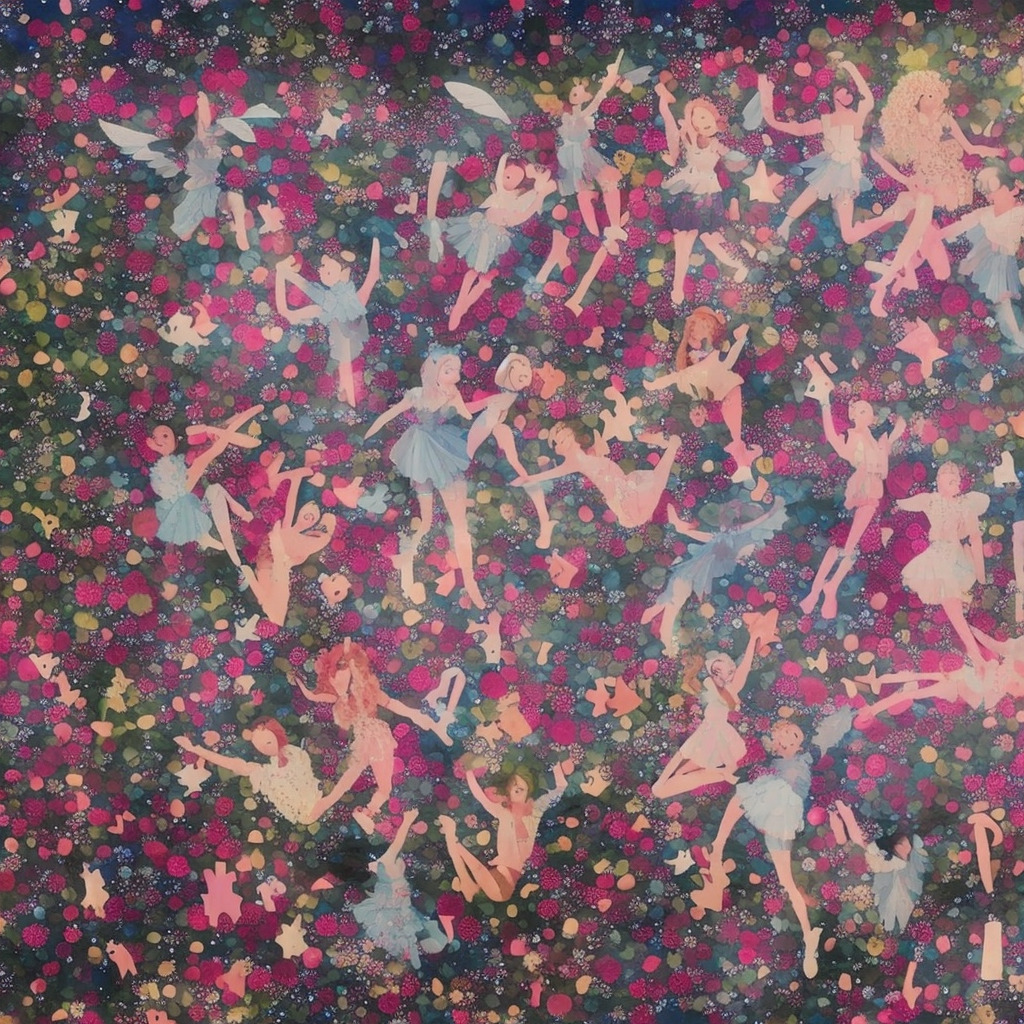🎶 Did you know #BillyJoel’s “Pressure” was inspired by his own therapist’s advice? 😮 Feeling the squeeze never sounded so good! 🎹🎤 Let’s de-stress to this classic tune! #Pressure #MusicTrivia #80sVibes 🎶 Read about it: tinyurl.com/45wvhmxs
Exploring the Depths of Billy Joel’s Mastery
Dive into Billy Joel’s remarkable five-decade journey of musical versatility, emotional depth, and unwavering impact on the industry as we dissect the mastery behind his iconic hit, “Pressure.”
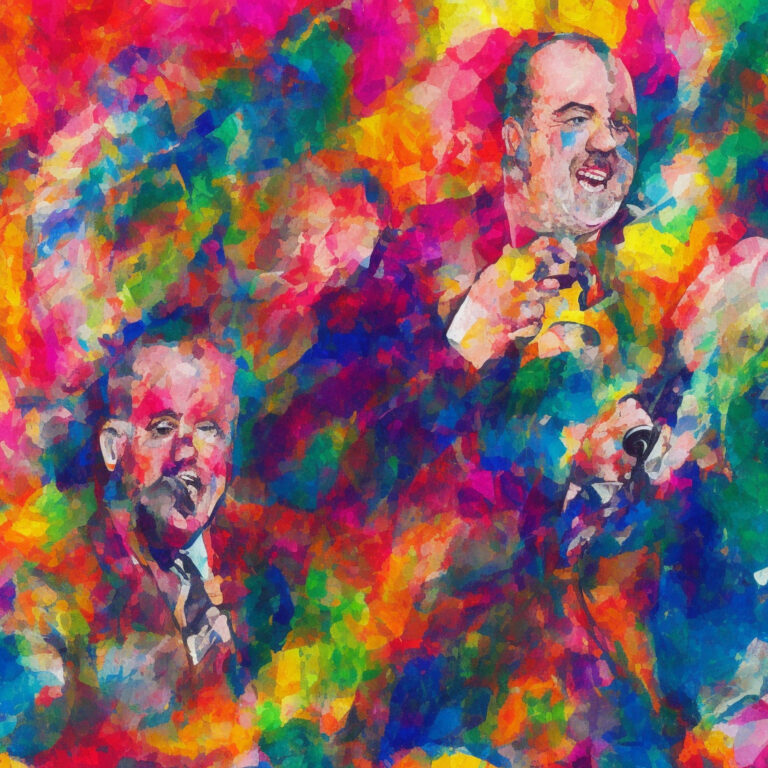
Billy Joel, the legendary musician, has graced the world of music with his astounding talent for nearly five decades. With more than 150 million records sold worldwide, he’s the sixth best-selling recording artist and third best-selling solo artist in the United States. Born on May 9, 1949, in the Bronx, New York, Joel has come a long way to become one of the most renowned artists of his time, earning six Grammy Awards, a star on the Hollywood Walk of Fame, and an induction into the Songwriters Hall of Fame, the Rock and Roll Hall of Fame, and the Long Island Music Hall of Fame.
In 1982, Joel released the album The Nylon Curtain, which included the powerful single “Pressure.” The song showcased his incredible songwriting prowess and musicianship, tackling the theme of psychological turmoil resulting from the weight of expectations and the pressure to succeed. The brooding synthesizer-driven melody and Joel’s impassioned vocals create an atmosphere of tension that perfectly embodies the song’s message.
While Joel’s discography is undoubtedly impressive, it’s not without its critiques. Some critics have argued that his style can become formulaic, particularly with regards to his penchant for creating songs that tell a story or convey a particular message. Nonetheless, Joel’s ability to craft memorable melodies and his undeniable skill as a lyricist have earned him the respect of fans and critics alike.
“Pressure” is a prime example of Billy Joel’s ability to tap into the human experience and create a song that resonates with listeners. As an artist, Joel has experimented with various genres, ranging from pop-rock and soft rock to jazz and classical, which is a testament to his versatility and wide-ranging musical interests. Despite receiving some criticism for his songwriting style, Joel’s impact on the music industry is undisputed, and his contributions to the world of music will continue to be celebrated for generations to come.
Charting the Course of “Pressure”
Billy Joel’s “Pressure” proves its timelessness as it climbs charts and resonates with fans, solidifying its status as a cornerstone of the legendary artist’s musical legacy.
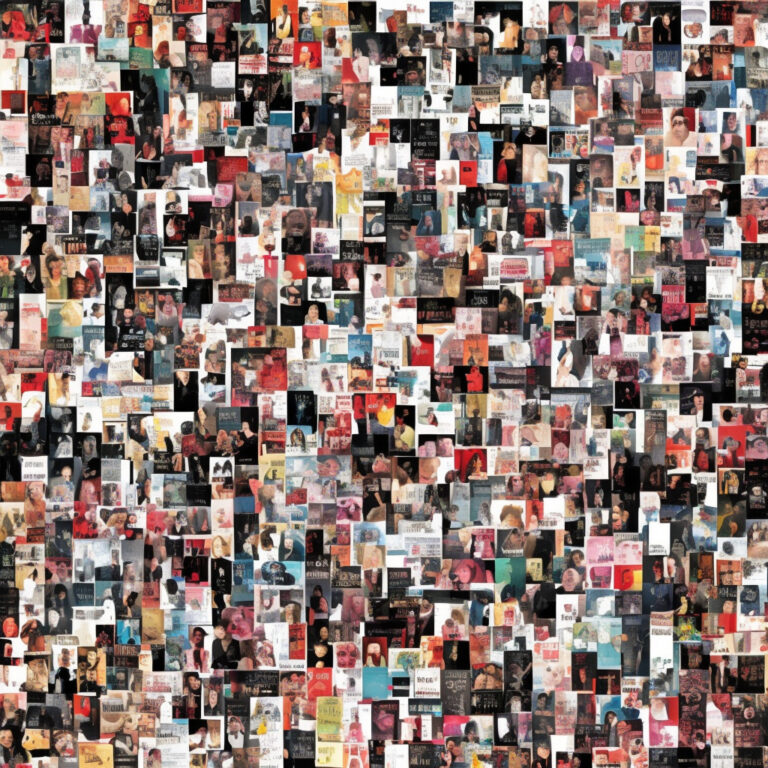
Released on September 22, 1982, as the second single from Billy Joel’s ninth studio album, “The Nylon Curtain,” “Pressure” hit the American music scene with a forceful and catchy melody. The song entered the Billboard Hot 100 chart the following month, on October 2, 1982, and began its ascent.
“Pressure” rose steadily up the charts, further proving Billy Joel’s status as a musical powerhouse. With its catchy chorus and introspective lyrics, the song struck a chord with listeners, who sent the single climbing to its peak chart position of No. 20 on the Billboard Hot 100 chart. It remained in the top 40 for an impressive eight weeks and continued to be a staple on rock radio stations throughout the 80s.
Over on the Mainstream Rock Tracks chart, “Pressure” fared even better, reaching No. 14 and proving its staying power among the rock community. While it didn’t reach the same heights as some of Joel’s other hits, such as “Uptown Girl” or “We Didn’t Start the Fire,” it still found its way into the hearts of many fans.
In the UK, the song didn’t have quite the same impact, entering the UK Singles Chart on October 23, 1982, and peaking at a modest No. 51. However, this doesn’t diminish the song’s overall success, as it remains one of the defining tracks from “The Nylon Curtain” and a favorite among Billy Joel’s extensive catalog.
In the years since its release, “Pressure” has continued to make its mark on various charts and playlists. In 2013, it re-entered the Billboard Dance/Electronic Digital Songs chart, thanks to a remix by Strobe. This resurgence shows the enduring appeal of the song, as fans new and old continue to appreciate its unique sound and powerful message.
Overall, while “Pressure” may not have broken chart records or achieved the same level of commercial success as some of Billy Joel’s other hits, it has undoubtedly left a lasting impression on listeners and remains a significant part of his musical legacy. No exploration of “The Nylon Curtain” would be complete without acknowledging the impact and influence of this iconic track.
Decoding the Zeitgeist of “Pressure”
Pressure
You’re just like everybody else
Pressure
You’ve only had to run so far
So good
But you will come to a place
Where the only thing you feel
Are loaded guns in your face
And you’ll have to deal with
Pressure
Diving into the lyrics of Billy Joel’s 1982 hit “Pressure,” it quickly becomes apparent that the song is a reflection of the stresses and anxieties that were pervasive during the era. The lyrics emphasize the pressure to succeed and to conform, which were sentiments that many people experienced at the time.
In the early 1980s, the United States was in the midst of an economic recession. High unemployment rates, inflation, and a general atmosphere of uncertainty led to a pervasive sense of pressure to adapt and survive. As the lyrics suggest, “You have to learn to pace yourself” and “you’re just like everybody else,” hinting at the need for individuals to keep up with the changes in society and not lag behind.
The line “You’ve only had to run so far, so good, but you will come to a place where the only thing you feel are loaded guns in your face” conveys a sense of impending doom and the inevitability of facing challenges head-on. The pressures of the time were inescapable, and the lyrics of the song serve as a reminder of the resilience required to navigate the trials of the era.
Another aspect of the lyrics that reflects the spirit of the time is the sense of societal expectations and conformity. The repeated refrain of “pressure” throughout the song captures the feelings of being constrained by societal norms and expectations. At this time, many young people were grappling with the pressure to meet the expectations of their parents, who often had experienced the more prosperous times of the post-World War II era.
In conclusion, the lyrics of “Pressure” by Billy Joel capture the essence of the early 1980s, a time of economic struggle, social conformity, and the ever-present push to succeed. Through his evocative storytelling, Joel manages to encapsulate the anxieties of the era, reminding listeners that they, too, must face the pressures of life head-on.
A Visual Feast: The Music Video for “Pressure”
A Surreal Odyssey: Billy Joel’s “Pressure” music video, a thrilling fusion of nightmarish visuals, ingenious special effects, and pioneering direction, remains an iconic piece in music video history.
Billy Joel’s “Pressure” music video, released in 1982, was directed by the talented Russell Mulcahy, who was at the forefront of the then-emerging world of music videos. Mulcahy is known for his work with famous artists such as Elton John, Duran Duran, and Queen. The video for “Pressure” was produced by the legendary Michael Haussman and was created with a budget of around $250,000, which was quite impressive for the time.
The music video showcases Billy Joel’s artistic approach in the form of a surreal and visually striking presentation. The video’s concept features Joel trapped in a nightmarish world, where he finds himself facing various forms of pressure, including a claustrophobic room and drowning in a water tank. The video’s cinematography and special effects are noteworthy for their time, as they effectively convey the anxiety and tension Joel experiences throughout the song.
One of the most memorable scenes in the video is the one with the water tank. The tank was built specifically for the shoot and was filled with over 5,000 gallons of water. This scene is iconic, as it shows Joel playing the piano while the water slowly rises around him, ultimately engulfing him completely. This visual representation of being “under pressure” has stayed with fans for decades and is still considered one of the most powerful images from Billy Joel’s music video catalog.
Another interesting aspect of the video is its use of contrasting colors, which adds to the surreal and dream-like quality of the visuals. The sets were designed by the ingenious John Beard, who worked on several major films such as “Aliens” and “Brazil”. The intricate production design and attention to detail are evident throughout the video, making it a true visual treat for fans and music video enthusiasts alike.
In the absence of an official music video for “Pressure,” fans have also created their own tributes and interpretations on YouTube. These fan-made videos provide a unique and personal touch to the song, showcasing the impact of Billy Joel’s music on his dedicated fanbase. Some of these videos feature live performances of the song, while others incorporate montages of movie scenes or animations that complement the song’s theme.
Overall, the music video for “Pressure” is a testament to Billy Joel’s artistic vision and the boundless creativity of the early days of music videos. With its haunting visuals, the innovative use of special effects, and the masterful direction by Russell Mulcahy, the video remains a classic in the world of music video history.
The Musical Mastermind Behind “Pressure”: Billy Joel
Billy Joel, the legendary composer of “Pressure,” has been a prominent figure in the music industry for over six decades. Born in 1949, the Bronx-bred artist has made his mark with a versatile blend of genres, including pop, rock, and jazz. Boasting a highly impressive discography, Joel has penned some of the most unforgettable tunes of all time, such as “Piano Man,” “Uptown Girl,” and “We Didn’t Start the Fire.” The singer-songwriter has a knack for weaving evocative narratives into his music, often delving into deeply personal experiences and serving them atop infectious melodies. Beyond his impressive collection of chart-topping singles and multi-platinum albums, Joel’s creative genius has also earned him the prestigious Gershwin Prize for Popular Song, solidifying his status as a true icon in the realm of popular music.
Award-Winning Tune and Its Cultural Impact
“From chart-topping success to pop-culture mainstay, Billy Joel’s captivating hit ‘Pressure’ remains a timeless classic, inspiring generations of musicians and leaving a lasting cultural impact.”
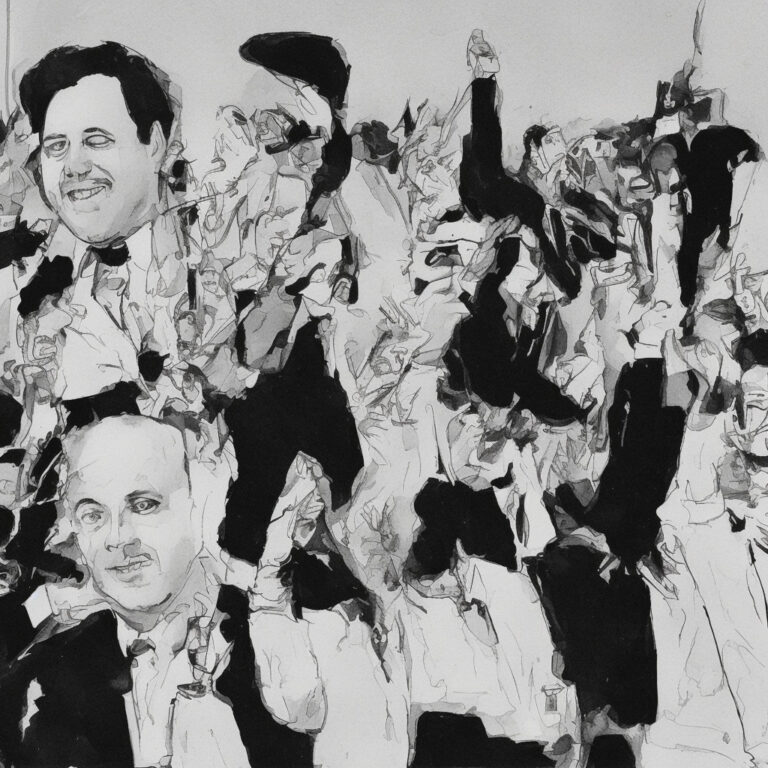
“Pressure” has not only been a fan favorite among Billy Joel enthusiasts but also gained attention in the music industry during its time. Released in 1982 as part of the album “The Nylon Curtain”, the song quickly became a commercial success, reaching No. 20 on the Billboard Hot 100 chart. Though it didn’t receive any awards directly, the album itself was nominated for a Grammy Award in the Best Pop Vocal Performance category, and “Pressure” played a significant role in its success.
As a testament to the song’s lasting popularity, “Pressure” has made its way into several film, television, and video game soundtracks over the years. The song was notably featured in an episode of the hit TV series “Miami Vice” during its first season in 1984. Additionally, it was included in the soundtrack of the 2012 video game franchise Rock Band as part of the Billy Joel track pack, allowing players to experience the exhilarating, high-tempo song firsthand.
While no major cover versions of “Pressure” have been recorded, the song’s catchy melody and thought-provoking lyrics have inspired countless amateur musicians to try their hand at reinterpreting the classic tune. One notable rendition comes from the YouTube cover artist, jakeaspey, who shared his acoustic take on the song in 2015. This homage to the original showcases the song’s versatility and enduring appeal as it continues to resonate with new generations of listeners.
Whether you’re a die-hard Billy Joel fan or simply appreciate the musical gems of the ’80s, there’s no denying the impact of “Pressure.” Its commercial success, prominent placements in popular media, and continued influence on aspiring artists have solidified its place as a timeless classic in the realm of pop-rock music.
Dissecting the Musical Anatomy
Diving into the musical structure of “Pressure,” it becomes apparent that Billy Joel’s composition utilizes various technical elements that contribute to the overall appeal of the song. Written in the key of D minor, the track showcases Joel’s knack for balancing melody and harmony with a catchy, yet intricate arrangement.
Starting with the chord progression, “Pressure” follows a rather unconventional pattern, especially for a pop song. The verse chords primarily consist of an oscillation between Dm and F, but they are occasionally interspersed with a Bb chord. This sporadic inclusion of the Bb chord adds a layer of complexity and unpredictability, keeping listeners engaged. The chorus, on the other hand, follows a more straightforward progression, alternating between Bb and C chords. This simplicity in the chorus creates a sense of familiarity and allows the listener to easily sing along.
“Pressure” features a tempo of 124 BPM (beats per minute), which contributes to its pulsating, energetic feel. The song’s rhythm is driven by a syncopated drum pattern that incorporates both eighth and sixteenth notes, giving it a sense of urgency that matches the lyrical content. It’s worth noting that the drum pattern remains relatively consistent throughout the track, providing a solid foundation for the other instruments to build upon.
One of the standout elements in “Pressure” is the distinctive synthesizer riff. The synth line, played in octaves, is based on a simple D minor pentatonic scale, yet its syncopated rhythm and placement within the arrangement make it an instantly recognizable and memorable hook. Additionally, the synthesizer is heavily panned to the left speaker, allowing it to stand out in the mix without overpowering the other instruments.
Another important aspect of the song’s musical structure is the dynamic contrast between the verses and the choruses. The verses showcase a sparse arrangement with understated vocals, while the choruses are characterized by a fuller sound and more impassioned singing. This ebb and flow of intensity helps to maintain the listener’s interest and adds a sense of drama to the track.
In conclusion, “Pressure” is a shining example of Billy Joel’s ability to craft intricate and engaging musical arrangements that meld pop sensibilities with a touch of technical prowess. By examining the song’s chord progression, tempo, rhythm, and dynamic contrast, one can gain a deeper appreciation for the attention to detail and craftsmanship that went into creating this classic track.

